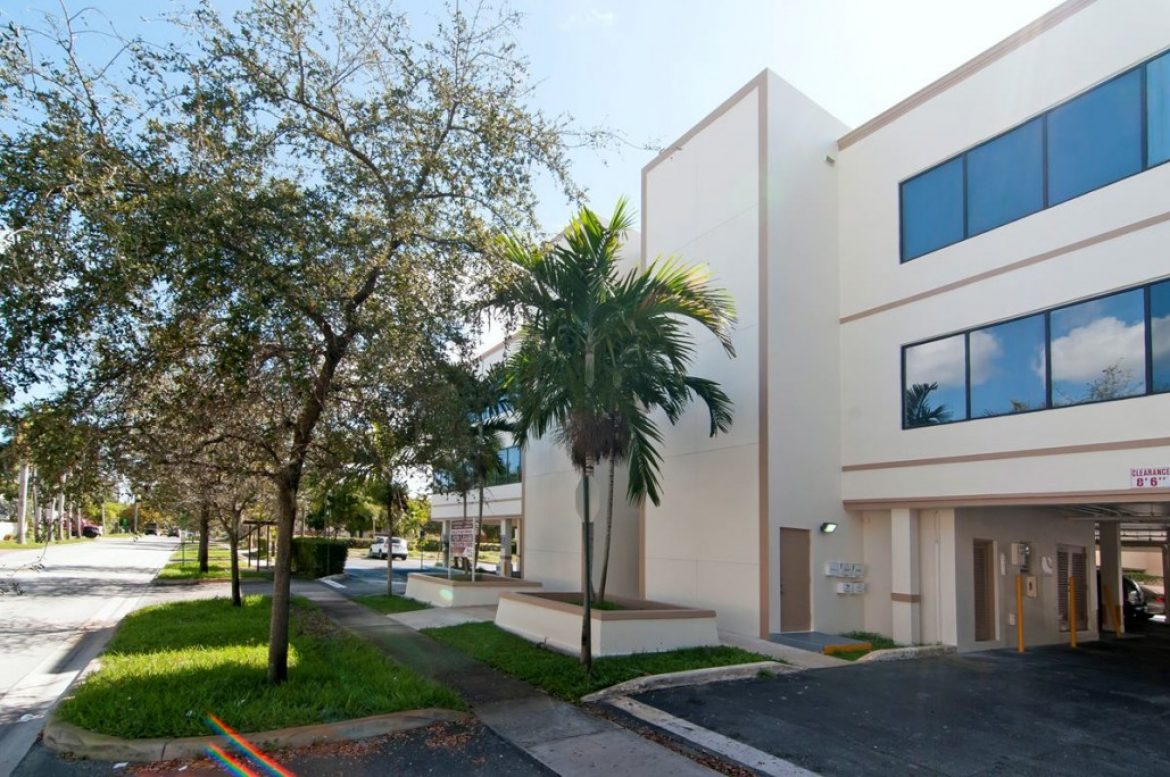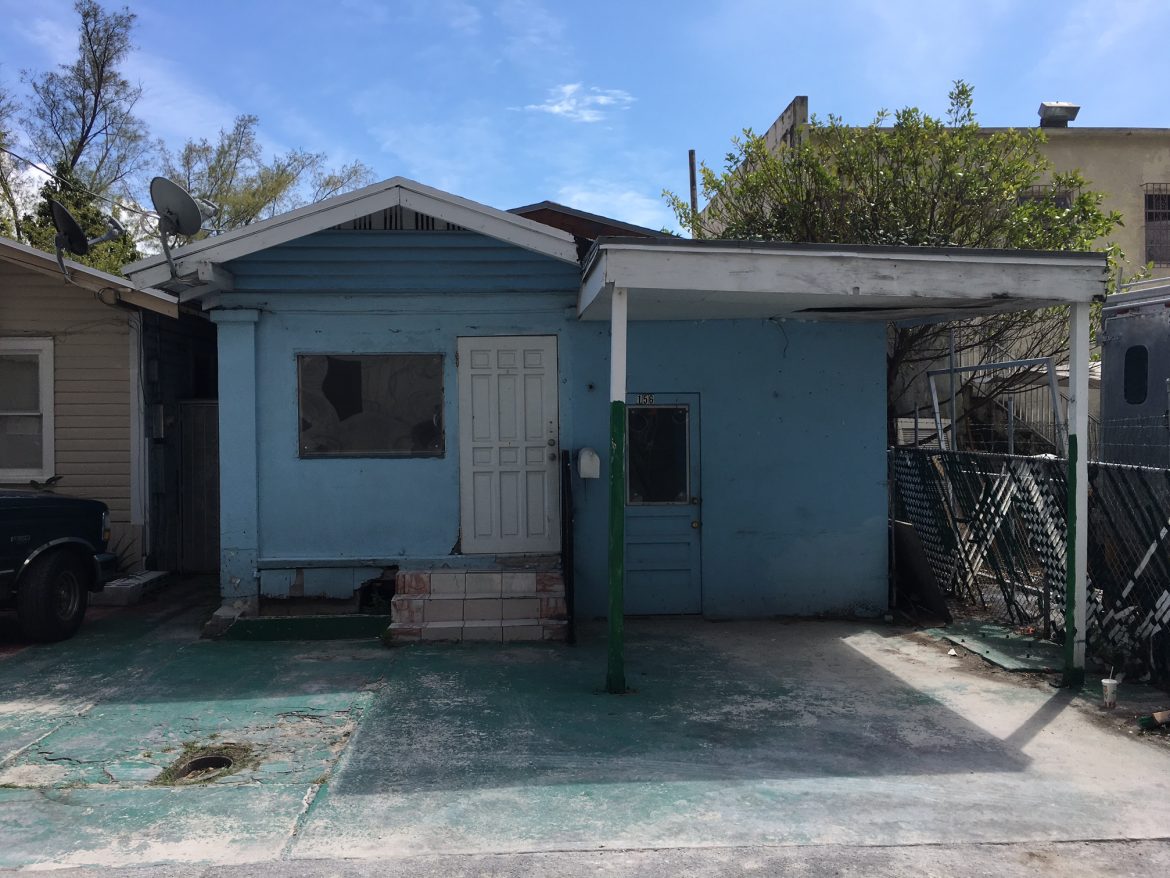
The Coronavirus Aid, Relief, and Economic Security Act, known as The CARES Act, was passed with great fanfare and a lot of promise.
In a lot of ways, it hasn’t lived up to that hype as small businesses struggled to get the help that they needed. But Kyle O’Connor, President and Founder of MLL Capital, which owns medical and life sciences facilities, thinks one sector was well-positioned to benefit from The CARES Act.
“One of the things that has been a big help for the medical industry has been The CARES Act, whether it be the payroll protection program [PPP] or the other funding that went to the health systems,” O’Connor says. “That has, I believe, helped quite a bit.”
O’Connor thinks the medical sector has received many benefits from the act that haven’t been there for other sectors.
“If you look throughout the economy, not every type of business was as well suited as the health care industry was to take advantage of the payroll protection program,” O’Connor says.
The employee size limitation for PPP grants is 500 employees. Since most medical offices won’t clear that threshold, they are great candidates for that funding.
“Most medical practices plan to rehire all of their laid off or furloughed employees given they expect demand to resume,” O’Connor says. “It’s also important to note that the health systems received/will receive funding from other elements of The CARES Act. In the medical field, The CARES Act has allowed doctor’s offices to keep critical medical workers employed. The doctors can only see so many people. So the nurse practitioners, the administrative staff, all the nurses that support each individual practice are a pretty important part of the system.”
Doctors are also adopting things like telehealth to offset a decline in office visits.
“The occupiers in our buildings were organizing themselves for dealing with the issues that have been caused by the stay-at-home orders,” O’Connor says.
Once the COVID crisis eases up or clears, O’Connor does not doubt that patients will return to medical offices. And demand could be even more significant as there is pent-up demand for medical services.
“They’re going to be much more comfortable going back to the doctor, and there will be a flood of requests for appointments,” O’Connor says. “There will likely be greater levels of health care that is being provided as the impact of the stay-at-home orders dissipates.”
The support from The CARES Act, in addition to the resilience of the sector, has made O’Connor optimistic about its future.
“Medical offices and life science property types have a defensive element to them,” O’Connor says. “We are going to hold their value better than some of the other property types.”
Source: GlobeSt.

